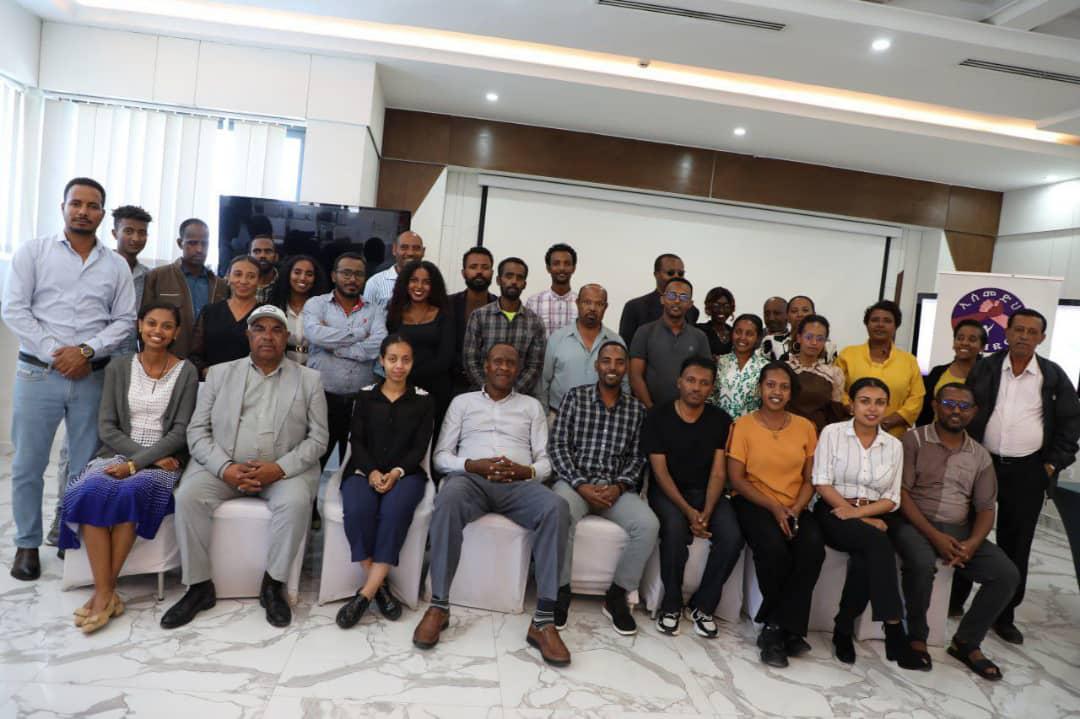
By Lucas Kasosi (Maasai, CS Intern)
“Take away our rivers, our forests, our ceremonies, and you take away our being.”
—Yousif Gilo, Anywaa leader and co-founder of EMIPRO
Indigenous Peoples around the world number more than 476 million, speaking over 4,000 languages and caring for a majority of the planet’s biodiversity. Despite being custodians of ancestral territories and ecosystems vital to global survival, they remain among the most dispossessed, accounting for just 6.2 percent of the global population but 15 percent of the world’s extreme poor. In Africa, an estimated 50 million Indigenous people live primarily in ecologically fragile zones, often excluded from decision-making, stripped of land rights, and subjected to violence, invisibility, and cultural suppression.
Ethiopia is no exception. With more than 80 distinct ethnic groups, the country is often lauded for its ethnic federalism model. Yet, this framework has failed to legally recognize Indigenous Peoples or protect their lands and territories. The Ethiopian State has neither ratified ILO Convention 169 nor adopted the UN Declaration on the Rights of Indigenous Peoples into its legal system. National law contains no definition of “Indigenous Peoples,” and in practice, government policy continues to prioritize state-centric development over ancestral stewardship. This omission is not abstract: it is violent.
In regions like Gambella, Benishangul-Gumuz, and the Lower Omo Valley, Indigenous groups such as the Anywaa (also spelled as Anuak), Majang, Hamer, and Dassanech face repeated forced displacements, land seizures, environmental destruction, and killings. Their ancestral rivers are polluted by toxic gold mining. Their forests are sold off for carbon credits and tea plantations. Their cultural and spiritual leaders are denied legal standing. And their communities, especially the Anywaa, are being demographically outnumbered in their own homeland by government-backed refugee resettlements.
Amid this intensifying crisis, a voice has emerged from the margins: the Ethiopian Minorities and Indigenous Peoples Rights Organization (EMIPRO). Founded in 2022 by Indigenous activists from peripheral regions, including Yousif Gilo (Anywaa), EMIPRO is the country’s first legally registered civil society organization dedicated to the rights of Indigenous and minority populations. Its mission is bold and uncompromising: to defend Indigenous land, amplify cultural knowledge, confront environmental destruction, and expose state complicity in marginalization.
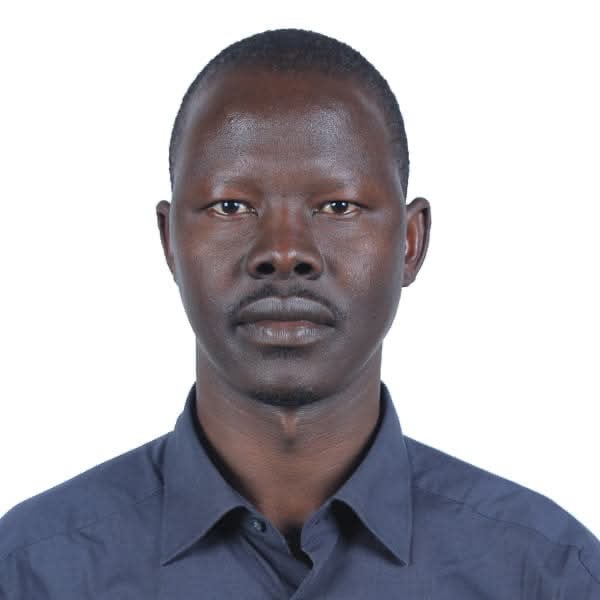
Yousif Gilo
Gilo, now one of the most prominent Indigenous advocates in the country, describes the organization not as a reaction, but as a return. “We created EMIPRO because we had no choice. We were being erased by policy, by silence, by concrete. This is not just about rights, it’s about survival—[of] our land, our ancestral territories, our laws, our lives,” he says.
What follows is the full story of the Anywaa People’s centuries-long relationship with their land and ancestral territories, the struggles they face today, and the fierce work being done to ensure they remain not only visible, but sovereign. Through Gilo’s voice, we witness a movement built not on sympathy, charity, and aid, but of self-determination, cultural clarity, and justice.
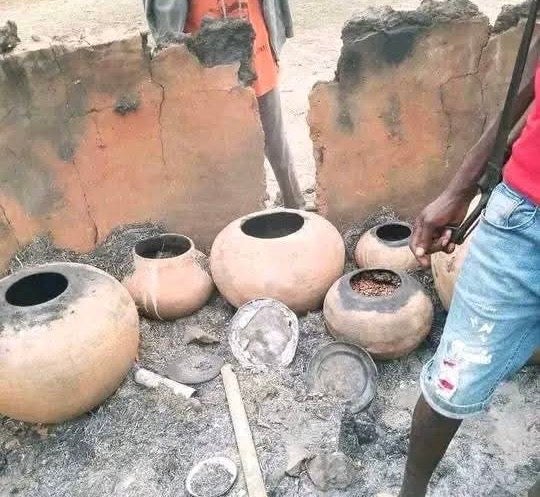
Following the attack in Jor District, villages lie in ruins.
Roots in the River: The Anywaa, Identity, and the Birth of EMIPRO
Gilo comes from the Anywaa community, an Indigenous People whose lifeways are deeply connected with the rivers, forests, and floodplains of Gambella. The Anywaa are river cultivators and fishers whose identity is bound not only to the land, but to ancestral memory and sacred geography.
In 2003, Gilo lived through one of the darkest chapters in his people’s history: the Gambella Massacre, when federal troops and militia killed more than 400 Anywaa civilians. Human Rights Watch later described it as a massacre carried out “with the acquiescence and possible participation of Ethiopian troops.” “That massacre was a turning point for our people,” Gilo says. “It showed us what it meant to be excluded, even from the right to mourn.”
In the years that followed, the pattern deepened. The government launched commercial agricultural schemes across Indigenous territories in Gambella, claiming they were underutilized. According to Gilo and EMIPRO, these were ancestral lands used for farming, hunting, grazing, spiritual practice, and burial. “These weren’t empty lands. They were where our people lived, farmed, hunted, collected wild roots and fruits as part of their livelihoods, buried their dead, and prayed,” Gilo explains.
By 2022, Gilo had joined with fellow Indigenous human rights defenders from Benishangul-Gumuz, Gambella, and South Omo to create EMIPRO, the first legally registered Indigenous-led organization in Ethiopia focused explicitly on Indigenous and minority rights. “We saw that no one else was documenting our struggles or defending our rights. We had to organize. We had to speak for ourselves,” Gilo recalls.
The founding of EMIPRO marked a turning point, not just for policy engagement, but for reclaiming narrative, voice, and legal visibility in a country that has yet to formally recognize Indigenous Peoples in its national legislation.
Land Grabs and Development Without Consent
The Anywaa have long lived with the rhythms of the Akobo, Alwaro, Openo (Baro), and Gilo Rivers, as farmers, fishers, and stewards of their ancestral lands. But in recent decades, that life has been disrupted by a series of policies and demographic shocks that have left their future increasingly uncertain.
Between 2010 and 2013, the Ethiopian government implemented a villagization program in Gambella that forcibly relocated tens of thousands of Anywaa from their ancestral territories. “Most of those investors went to [traditional Anywaa territories], causing the displacement of over 40,000 Anywaa people,” Gilo says.
The lands were leased to both local and foreign investors under large-scale agricultural schemes. Many of those projects have since failed or left, but the lands remain out of reach to the original inhabitants. An EMIPRO report highlights how these communities remain displaced inside their own homeland, cut off from their riverbanks, grazing lands, and spiritual sites.
At the same time, a massive influx of South Sudanese refugees, estimated at over 386,000 as of February 2024, according to the UN High Commissioner for Refugees, has been concentrated in Anywaa territories. EMIPRO warns that this demographic shift is severely altering the social fabric of the region and creating systemic imbalance. “All these refugees were settled in Anywaa territories, outnumbering their host community three-fold,” the EMIPRO report states.
The report also documents instances of violence, intimidation, and restricted access to natural resources such as forests, water points, and hunting areas in proximity to refugee settlements, detailing how “Refugees have been wreaking havoc on the lives of their adjacent host Indigenous communities by displacing, killing, raping, and preventing them access to their vital resources.”
Yet, according to EMIPRO, the State’s response has been uneven and discriminatory. “The Ethiopian government is doing nothing to protect Indigenous communities, but rather provide protection for refugees,” the report concludes. EMIPRO is calling for an urgent redistribution of the refugee population across other regions of Ethiopia, arguing that the burden must not fall entirely on the Indigenous people of Gambella.
Gold, Mercury, and the Poisoning of Rivers
The threat to Indigenous survival in Ethiopia extends beyond land dispossession. In the Dimma and Abobo districts of Gambella, and in the forest territories of the Majang people, EMIPRO has documented an alarming rise in gold mining operations. These operations are discharging waste into the waterways that Indigenous communities rely on for drinking, fishing, and everyday survival. “Waste from the mining is discharged in Akobo River, which is used for drinking by the Anywaa and Surma communities,” Gilo reports, adding that “in the Majang areas, waste from mining companies is discharged in Chiru River.”
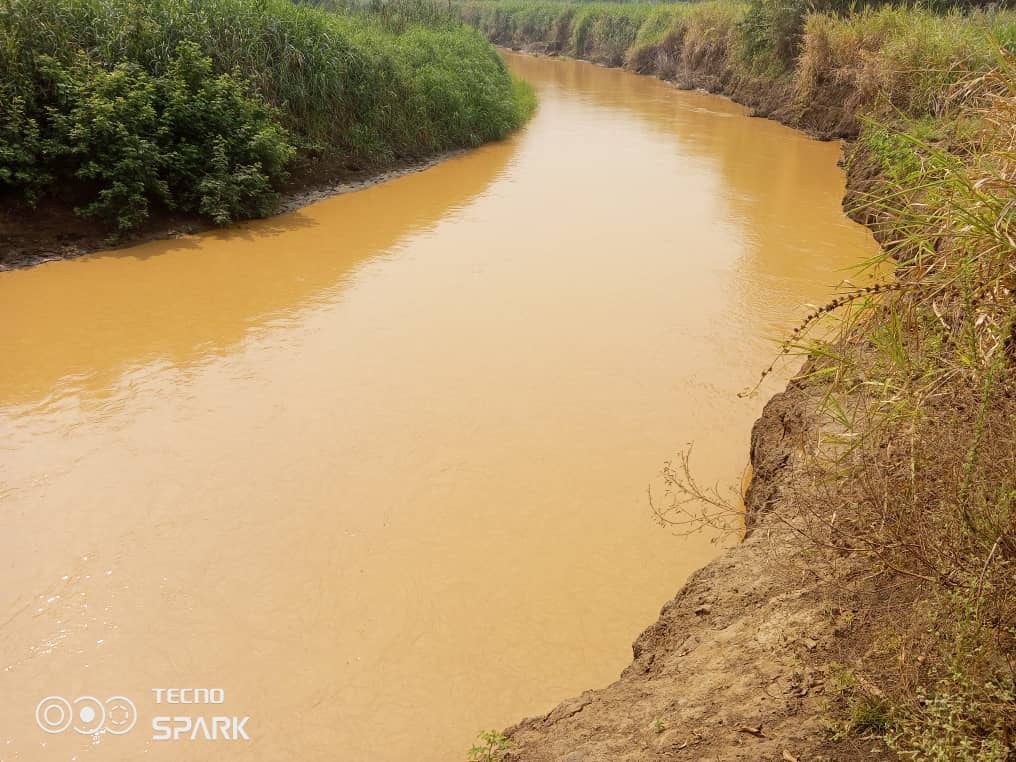
Chiru River.
Mercury is banned in Ethiopia. Although there are no scientific laboratory findings confirming its presence, interviews with local miners confirm it is still widely in use. “They still use it because it is cheap, easy to use, and widely available in the black market,” the EMIPRO report notes. Gilo says that health effects are already being observed among Majang people.
Despite community complaints, no environmental assessment has been made public, and no independent investigation has been launched into the chemical contamination of the local rivers. EMIPRO is calling for an urgent inquiry by environmental and public health experts.
Meanwhile, the Majang forest is being rapidly destroyed, not only for mining, but also for tea plantations and carbon offset projects. As settlers and investors encroach, the Majang People are being pushed deeper into remaining forest areas, their traditional lifestyle increasingly under threat. “The government has started leasing Majang forest to foreign companies for tea plantations,” Gilo explains. “Last year there was a gold discovery in the Majang forests, and many investors have flooded in.”
Carbon trading initiatives, which are often promoted as climate solutions, are becoming yet another vector of dispossession. “They sign deals in the name of forest protection,” Gilo cautions, “but the people who have protected that forest for generations are excluded.”
Massacres Without Justice: April 2024 and Beyond
The violence against the Anywaa is not a relic of the past. On April 6, 2024, a well-armed militia from South Sudan, locally known as the “White Army,” crossed into Ethiopia and massacred more than 100 Anywaa civilians in Jor district. Just one year earlier, over 50 were killed in a similar cross-border attack on Pino village, while Po-Nywaa, Po-All, Piny-Maan, and parts of Itang district continue to suffer from recurring raids.
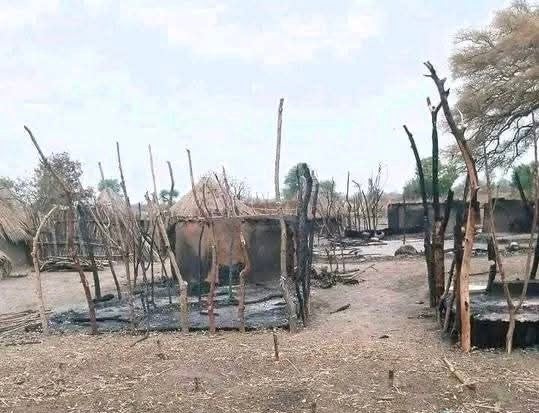
Aftermath of the attack in Jor District showing the destruction of villages. Image Courtesy Yousif Gilo.
Despite a heavy federal military and police presence in the region, EMIPRO reports that no meaningful intervention occurred to protect Indigenous communities during or after these attacks. “The Indigenous people feel the government security forces are there to protect the highlanders,” Gilo says. “They only intervene when highlanders are attacked. For example, when [members of the] militia cross the border and take cattle from highlanders, the Ethiopian military would chase them until they get the cattle back. But if Indigenous villages are attacked, people killed, children kidnapped, and cattle taken, the military never intervenes.”
This pattern of non-response, Gilo explains, reflects a deeper issue of selective protection based on ethnicity and political power. “The military has failed to protect us again and again. That sends a message that some lives are worth defending, and others are not.”
EMIPRO continues to call for urgent and equal protection of Indigenous communities and has urged the Ethiopian government to coordinate with South Sudanese authorities to prevent further incursions and facilitate the return of abducted children. “If this continues, the Anywaa will not only be displaced from their land, but from their future,” Gilo warns.
Cultural Survival in Exile
The Anuak People carry a deep-rooted cultural legacy grounded in traditional institutions that have guided their communities for generations. Institutions such as the Nyieya (community council), Kwaaro (customary court), and Nyibur (spiritual leadership) are not merely symbolic; they are the living heart of community governance, justice, and spirituality. These are time-honored systems of decision-making and restorative justice, embedded in the social fabric of Anywaa society.
Yet, under Ethiopia’s modernization efforts and bureaucratic reforms, these Indigenous institutions have been systematically sidelined, misrepresented, or ignored. “Traditional leaders are treated like folklore. But they are our lawmakers, our peacekeepers, our teachers,” says Gilo.
Despite these ongoing challenges, the Anywaa continue to uphold and protect their cultural systems, even in displacement. In 2024, amid escalating insecurity and demographic shifts, the community crowned a new king, a bold reaffirmation of Indigenous spiritual and cultural sovereignty. “We crowned our new king in Akobo this year, even while displaced. It was a reminder: We are still here. Our laws still live,” Gilo says.
Language: The Battleground of Identity
Language remains one of the most critical and vulnerable battlegrounds in the struggle for cultural survival. While Anywaa is taught in some primary schools, there is little incentive for children to master their mother tongue. Parents, recognizing that proficiency in Anywaa offers no economic advantage in modern Ethiopia, often discourage their children from learning or using it.
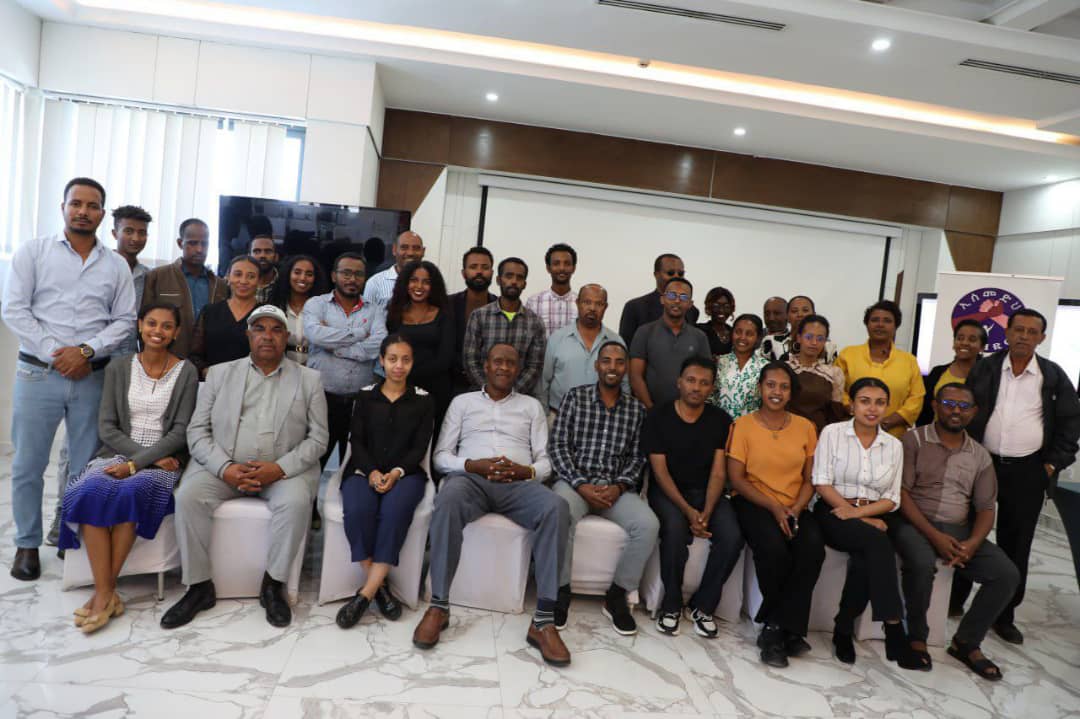
Participants of a two-day workshop in Adama organized by CEHRO and Save the Children Ethiopia on strengthening Universal Periodic Review implementation.
In contrast to other Ethiopian regions, where local languages such as Oromo, Tigrigna, Amharic, and Somali serve as official working languages, Indigenous languages in regions like Gambella, Benishangul, and South Omo are systematically excluded from official use. Amharic is maintained as the working language in these Indigenous territories to facilitate migration and employment for settlers from other parts of Ethiopia. Meanwhile, Indigenous Peoples cannot find similar opportunities in other regions where knowledge of dominant regional languages is required.
As a result, many Indigenous children grow up speaking their mother tongue at home, but see no practical or professional reward for further mastery. In Gambella’s urban centers, private schools often actively discourage the use of Anywaa. “There is narrow space for our culture in the education system,” Gilo explains. “Children learning in their own languages presents no economic opportunity or future career. Our history, our knowledge systems, by and large, are not reflected. That sends a message that our identity does not belong.”
This kind of exclusion, he adds, fosters alienation and internalized shame: “When a child grows up never hearing their language in school or seeing their community in textbooks, they start to believe that who they are doesn’t matter.”
For EMIPRO, the battle for language is inseparable from the broader struggle for Indigenous rights. Cultural identity cannot survive when language is systematically erased. True sovereignty begins with the right to name, to teach, and to speak on one’s own terms. The preservation of Anywaa language, traditions, and institutions is not only about safeguarding a cultural heritage, it is about defending the right to exist as a people.
Racism and Colorism: The Invisible Border
In addition to being excluded from national policies and development programs, dark-skinned Indigenous peoples in Ethiopia, such as the Anywaa, Majang, Surma, Gumuz, and Benishangul, face systemic racism that shapes everyday life. From urban offices to rural roads, skin color often determines treatment, recognition, and dignity.
Gilo confirms that discriminatory practices persist in bureaucratic systems, particularly when Indigenous people seek documentation or travel documents. “When Indigenous people travel to Addis Ababa to get a passport, their nationality is questioned,” he says. “They are asked to provide more documents, like security clearance or letters from their regional government, that are not required from other Ethiopians. Others just show a Kebele ID and birth certificate. But for us, it depends on the mood of the immigration officer.” This is not simply administrative oversight, Gilo says; it’s a pattern of racialized exclusion.
EMIPRO’s documentation further reveals that dark-skinned individuals are often harassed, bullied, or insulted with derogatory terms in public spaces. One of the most common slurs is “Bariya” (slave), a dehumanizing term still used casually by some Ethiopians against Indigenous Peoples from the lowlands. “Racism is rarely named in Ethiopia, but we live it every day, in the names we’re called, in how we’re treated, in the laws that don’t protect us,” Gilo notes.
EMIPRO is calling for the enactment of national legislation that explicitly prohibits and criminalizes racial discrimination, including in government offices, border control, and education systems. Until then, many Indigenous citizens continue to experience what Gilo describes as a dual exclusion: “We are citizens on paper, but treated as foreigners in our own country.”
Inclusion, Not Invitation: EMIPRO’s Legal Advocacy
Although Ethiopia has begun convening civil society consultations, such as those surrounding the National Action Plan on Business and Human Rights and transitional justice processes, Indigenous organizations like EMIPRO often find themselves on the margins of decision-making. “We participate in consultations, but we don’t see our contributions meaningfully reflected,” Gilo says. “We raise issues about Indigenous land, culture, or self-governance, and they’re often ignored or left out of the final reports.”
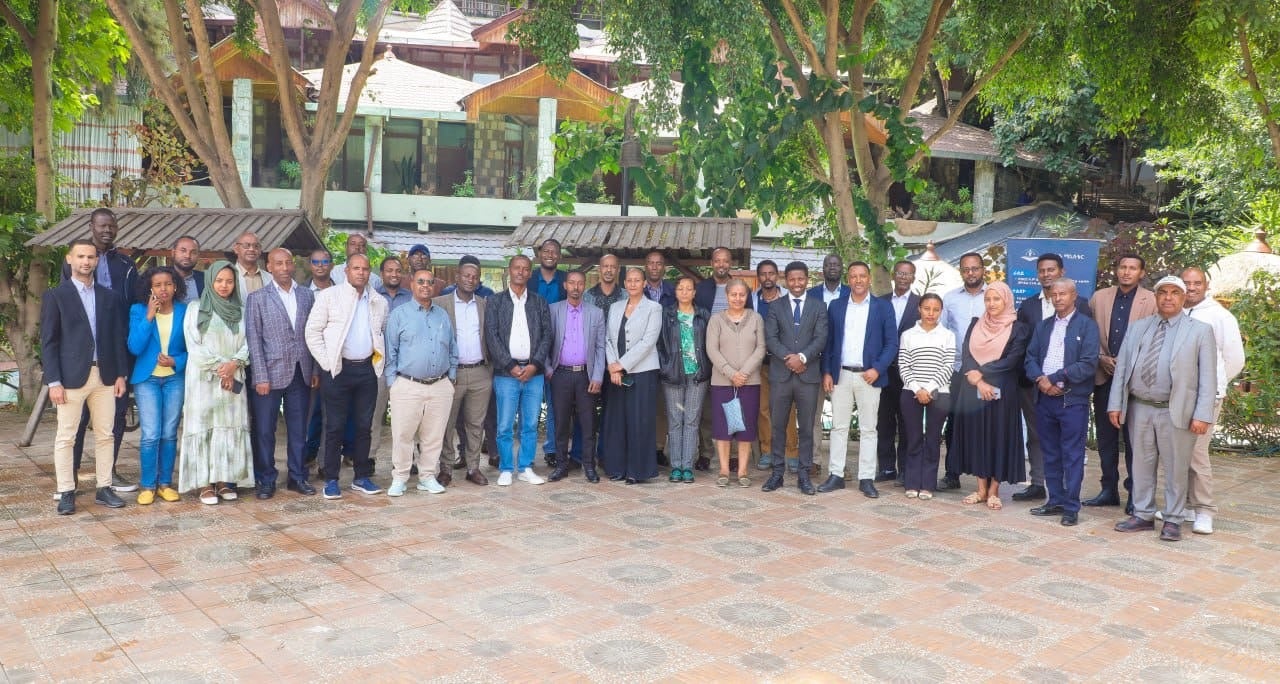
EMIPRO members participate in a nationwide consultation workshop on the development of Ethiopia’s Action Plan on Business and Human Rights.
This lack of meaningful inclusion reflects a deeper legal and structural vacuum. Ethiopia has yet to ratify ILO Convention 169, the international legal standard for protecting Indigenous and tribal peoples. Nor has it implemented the UN Declaration on the Rights of Indigenous Peoples, which Ethiopia abstained from voting on at the UN General Assembly in 2007. “Ethiopia does not legally recognize Indigenous Peoples,” Gilo says. “That means we have no protection under national law. There are no safeguards when our land is taken, when our voices are excluded, or when our cultures are destroyed.”
EMIPRO’s legal advocacy is focused on changing this. The organization is calling for formal recognition of Indigenous Peoples under Ethiopian law; the ratification of ILO Convention 169; the domestication of UN Declaration principles, including Free, Prior and Informed Consent; and the creation of legal frameworks that uphold cultural rights, ancestral land protection, and Indigenous self-determination.
Until such reforms are enacted, Gilo warns, Indigenous cultures, languages, and territories will remain vulnerable to exploitation in the name of progress.
Women, Disability, and the Fight from Within
Among Indigenous communities in Ethiopia, women, children, and persons with disabilities often face multiple and overlapping forms of marginalization. These challenges are shaped not only by systemic poverty and exclusion, but also by deeply entrenched social beliefs. In some rural areas, particularly within parts of the Anywaa community, babies born with undescended testicles are believed to be cursed or witches, leading to infanticide by traditional birth attendants. “Even though this practice is banned in urban areas, it still happens in remote villages. We’ve documented cases where these infants are quietly killed by midwives due to traditional beliefs,” Gilo confirms.
EMIPRO is working to end these practices through culturally rooted engagement. Rather than condemn entire traditions, the organization focuses on education, intergenerational dialogue, and community-led transformation. “We don’t approach it by attacking culture,” Gilo explains. “We talk to Elders, religious leaders, and families with compassion. We explain the medical truth, and we support alternatives that protect life and dignity.”
Gender-based exclusion is another critical front. Indigenous girls often drop out of school due to early marriage, household responsibilities, or lack of access to menstrual hygiene products. Many Indigenous women have no access to income-generating opportunities or leadership roles in their communities. “Access to education for girls in Indigenous communities remains the lowest in the country,” Gilo says. “We need targeted support and affirmative action to change that.”
In response, EMIPRO advocates for national funding dedicated to Indigenous women’s empowerment and the creation of rural education initiatives that include cultural sensitivity and disability inclusion. The organization also focuses on creating safe and meaningful spaces for youth leadership, especially in communities where insecurity and migration have emptied villages of their younger generations.
“When young people leave because they see no future, it’s not just a demographic problem, it’s a cultural loss,” Gilo says. “We must give them a reason to stay, lead, and build.”
We Are Not Waiting to Be Rescued
Despite the continued violence, displacement, and systemic exclusion, Indigenous communities across Ethiopia, particularly the Anywaa, Majang, Gumuz, and Surma, are not passive victims. Through EMIPRO, they are organizing, documenting abuses, engaging in policy processes, and defending their ancestral lands and cultures with persistence and clarity. “We are not waiting for the State or donors to rescue us,” says Gilo. “We’re already doing the work. What we need is recognition and space to lead.”
That work includes conducting community consultations, publishing detailed human rights reports, supporting displaced Indigenous families, and participating in national platforms like the Business and Human Rights Action Plan. Yet, despite EMIPRO’s presence in these spaces, Indigenous perspectives are often ignored when it comes to final decisions. “Our voice is not reflected in the outcome of policies, despite our participation,” Gilo explains. “They invite us to consultations, but they don’t include us in shaping the policies.”
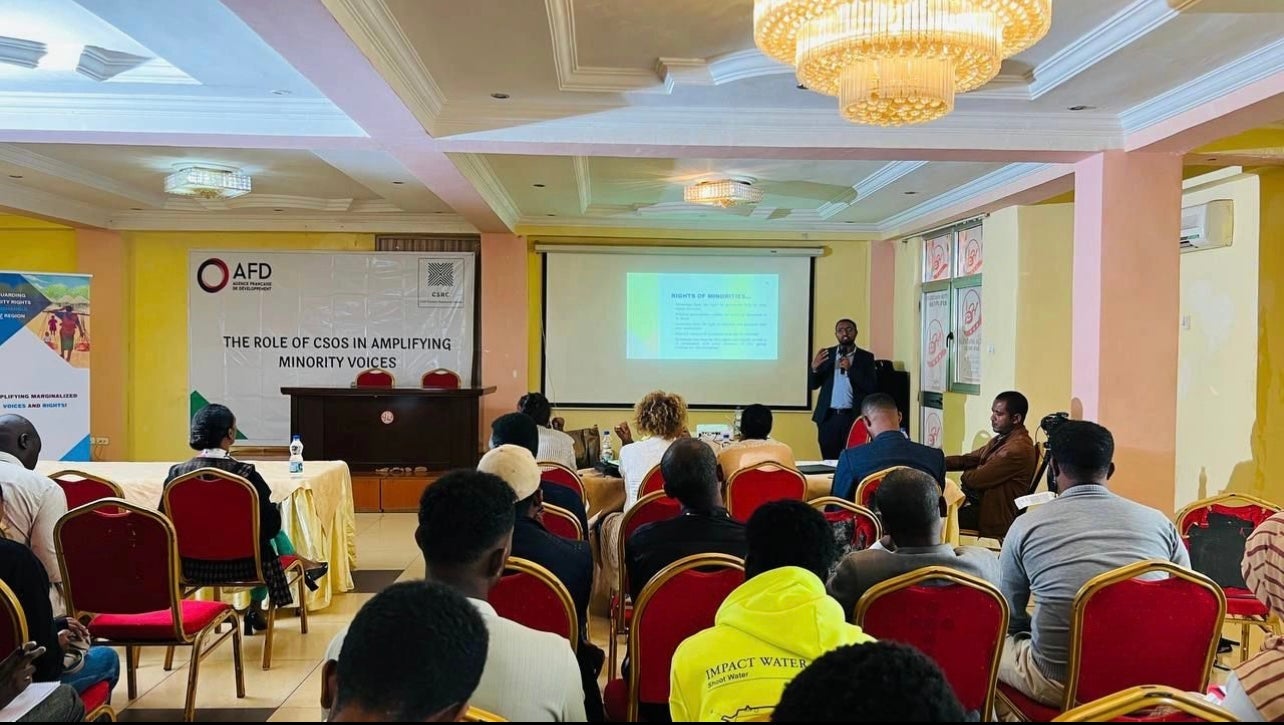
EMIPRO joins the Minority Rights Conference in Assosa, advocating for the rights of minorities and Indigenous Peoples. (Source, EMIPRO LinkedIn)
Development efforts, whether donor-funded or state-driven, frequently advance without Indigenous consent and often result in displacement, dispossession, and long-term harm. From large-scale agriculture to carbon offset projects and refugee settlements, the pattern is one of extractive intervention rather than partnership.
To Indigenous communities facing similar struggles around the world, Gilo offers a message of unity and solidarity: “We see you. We stand with you. Our rivers may be different, our gods may have different names, but our spirit is the same.” For EMIPRO and the communities it serves, justice begins with visibility, and self-determination starts with being heard.
